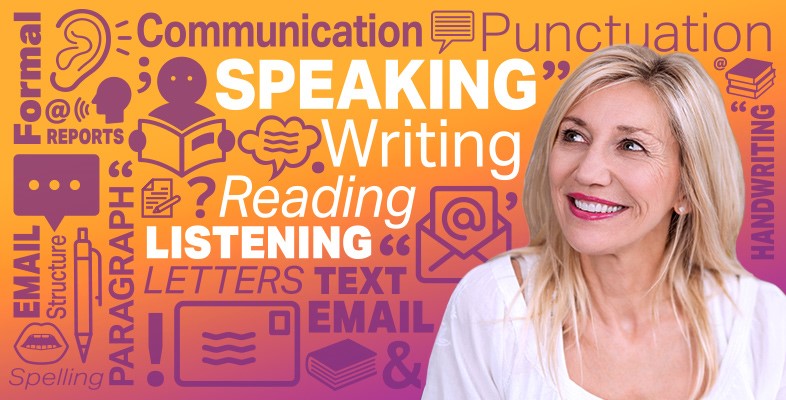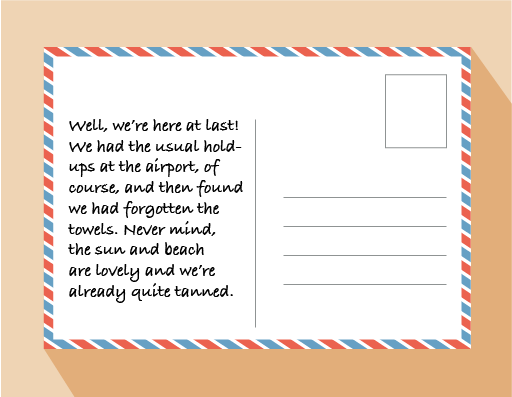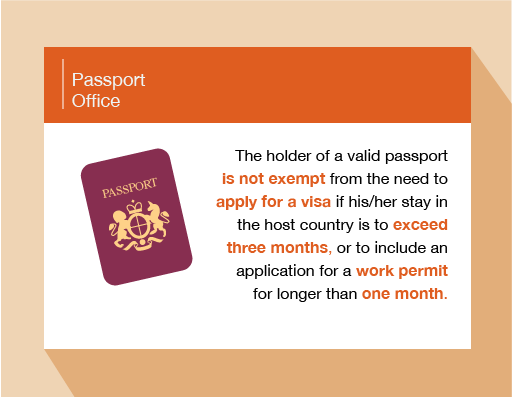1.9 Intended audience
The intended audience is linked closely to the purpose of the text. If a text is trying to persuade its readers to buy children’s toys, it is likely to be aimed at children and parents and perhaps grandparents. If an advert is trying to sell beer it will not be aimed at under-18s. At least, legally it shouldn’t!
When it comes to entertainment, audiences watch or read the things they enjoy. Arsenal fans watch Arsenal and Tom Cruise fans watch Tom Cruise films. People who love poetry read poetry and cycling fans read cycling magazines. Interestingly, the writer’s intended audience isn’t always the one that reads the text. For example, the Harry Potter books were initially aimed at older children and young teenagers, but they have been read by millions of adults around the world.
Audiences can be categorised by age, gender, interests/hobbies, work and language, among other things. The reason you are reading this text is because you are interested in studying and improving your English. You are the intended audience of this text.
Activity 9 Match the audience
Match the intended audience to the appropriate text.
Two lists follow, match one item from the first with one item from the second. Each item can only be matched once. There are 4 items in each list.
Students on an Introduction to Psychology course
Football fans
Pop music fans
Vegetarians or those cooking for them
Match each of the previous list items with an item from the following list:
a.

b.
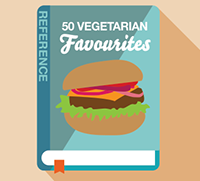
c.
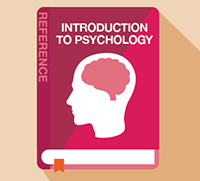
d.
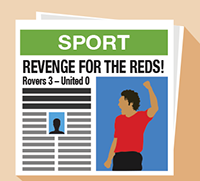
- 1 = c,
- 2 = d,
- 3 = a,
- 4 = b
And do the same for these ones:
Two lists follow, match one item from the first with one item from the second. Each item can only be matched once. There are 4 items in each list.
Older people
Young children
A manager
Parents
Match each of the previous list items with an item from the following list:
a.
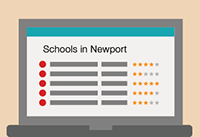
b.
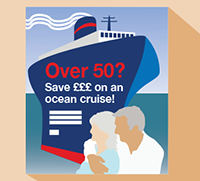
c.
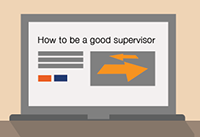
d.
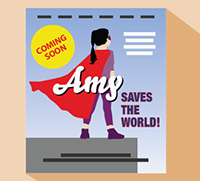
- 1 = b,
- 2 = d,
- 3 = c,
- 4 = a
Activity 10 Check what you’ve learnt: the texts you read
1. For each of the following texts, select its main purpose from the options given.
a.
instruct
b.
persuade
c.
inform
The correct answer is b.
a.
instruct
b.
describe
c.
persuade
The correct answer is a.
a.
instruct
b.
describe
c.
persuade
The correct answer is a.
a.
instruct
b.
describe
c.
persuade
The correct answer is c.
a.
instruct
b.
describe
c.
inform
The correct answer is c.
a.
instruct
b.
describe
c.
persuade
The correct answer is b.
2. Read the following two texts.
Can you identify the format of each text (or where it might have come from), its purpose and the intended audience?
Text A
Discussion
This is a postcard. Its purpose is to inform and the intended audience is friends or family.
Text B
Discussion
This comes from a passport information leaflet.
Its purpose is to inform.
The intended audience are people travelling to the country in question.
Now that you’ve thought about different types of text and their intended audience, you’ll now look at deciding what and how to read.
